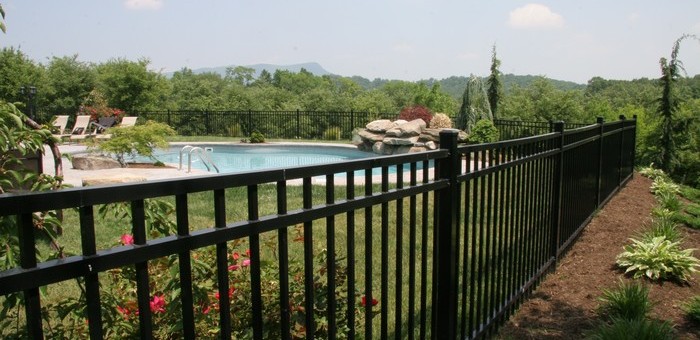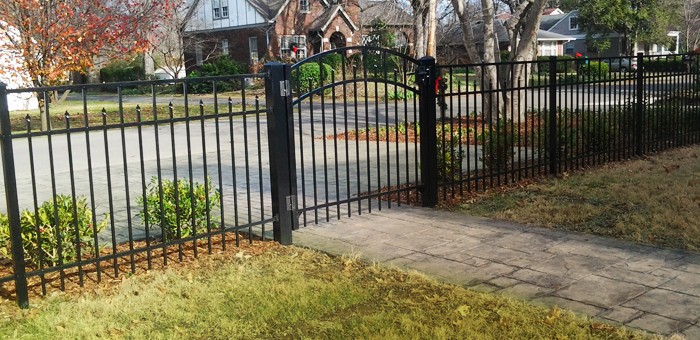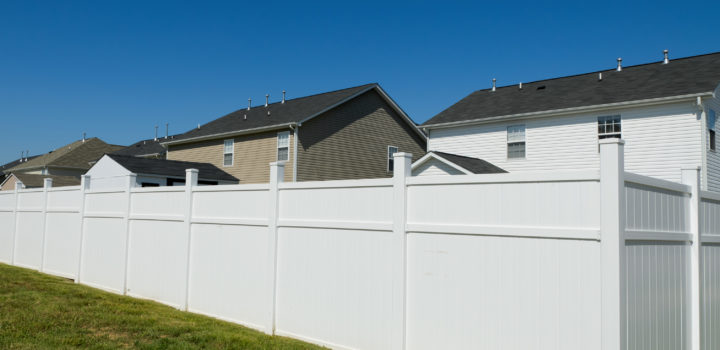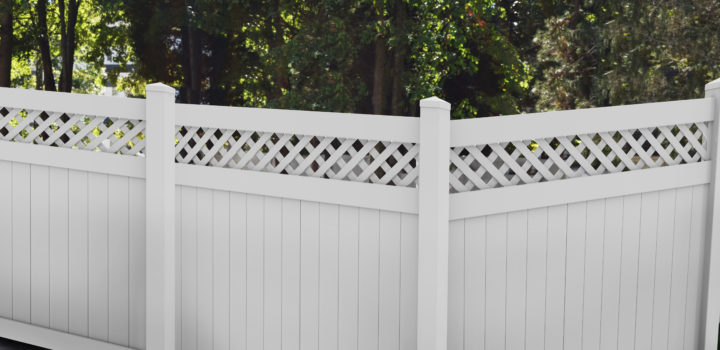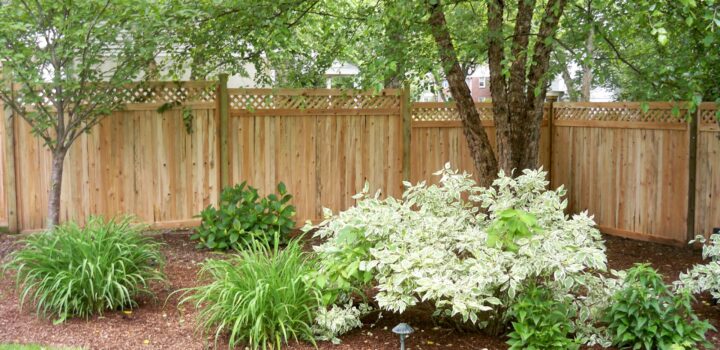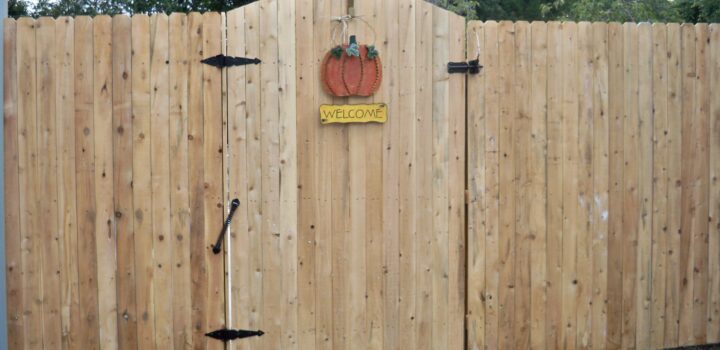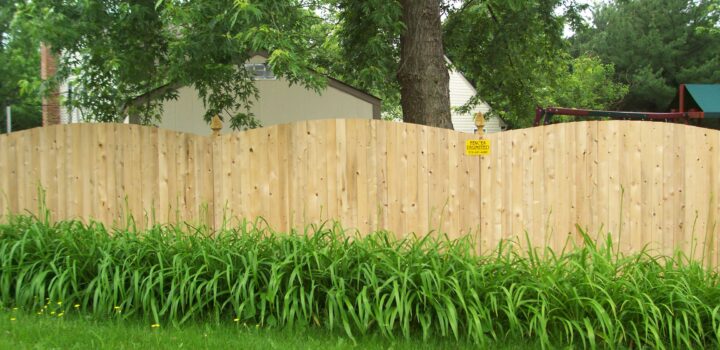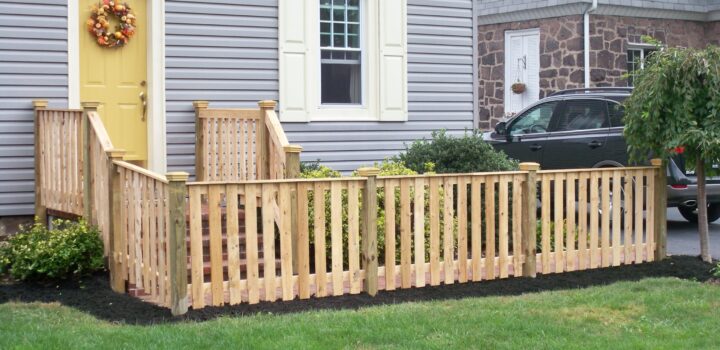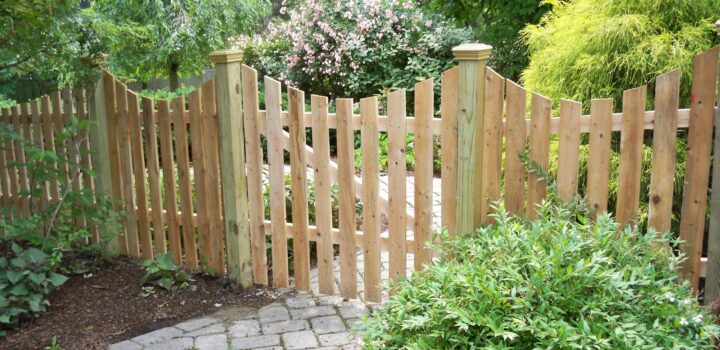Many Americans have an image of what they think of when they hear the words “dream American home.” For a considerable amount of people, that image includes a white picket fence.
Nothing symbolizes the American dream quite as well as the classic white picket fence. While everyone wants the crisp, clean white picket fence in their yard, not many people know the origin of this classic design choice.
What It Meant Before Coming to America
Most people’s first thought when they hear the phrase “white picket fence” comes from a classic suburban home with the picket fence surrounding the yard. However, in its historical European origins, the French “piquet” was used to shield archers against incoming cavalry troops.
It wasn’t until settlers came over to the Americas when the former weapon of war became something far more domesticated. The 19th century saw the production of these wooden fence components rise and became increasingly cheaper. The newfound widespread availability of picket fence posts saw people use them in new and unique ways that differed from their military origin.
Colonial Origins
While the white picket fence is primarily considered one of the most solidly American design choices you can make, the truth is that the design originated during the colonial period when Great Britain still ruled the budding United States.

As settlers made their way over to claim their plot of land, those who held a significant amount of property and land began to erect picket fences to keep thieves and neighboring farm animals off their land. The most wealthy landowners painted their fences white because it was considered a symbol of wealth.
After all, to have a large plot of land fenced in with a clean white fence, you’d have to have enough money to employ a servant to continuously paint the fence to ensure that it did not lose its color. As time moved on, the pickets became slimmer and less pointed and became more of a visual symbol of wealth than a practical security measure.
From the Landed Gentry to the Middle Class
As America gained its independence and land ownership became more diverse, a budding middle class adopted the white picket and made it their own. Its relatively simple design meant that those with little woodworking experience could handle the job most of the time. As plots of land became smaller, painting became a job that landowners could complete in a matter of hours instead of days.
The middle class used the white picket fence to emulate the look of the nation’s wealthy to give their homes a more refined look. Feelings on the white picket fence changed over time, with some people loving the look and others denouncing its effect on the vast open fields of land. Even with these disagreements, the popularity of the white picket fence as a sign of wealth and prosperity continued to grow and evolve.
The Impact of American Television
In the 1950s, American television remained in its infancy, and the shows that littered the airwaves featured picturesque visions of suburban life. The classic family trope of a husband, wife, two children, and a beloved family pet was transmitted into homes across the nation. Part of that image includes a nice-sized house with a white picket fence. For entire generations of impressionable first TV viewers, they began to associate the ideal suburban life with that image of family and the white picket fence thanks to shows like Leave it to Beaver.
While the meaning of the white picket fence has changed over time, the fact that this classic choice is as old as America itself still rings true to its popularity to this day. Keeping your white picket fence in excellent condition requires routine maintenance, fresh coats of paint, and the installation performed by one of the top fence companies in Bucks County!
Give Greenhill Fencing, Inc., a leading fence company in Bucks County, a call today at to learn more about how we can help you add a touch of luxury and functionality to your Philadelphia property with a fence installation today.

